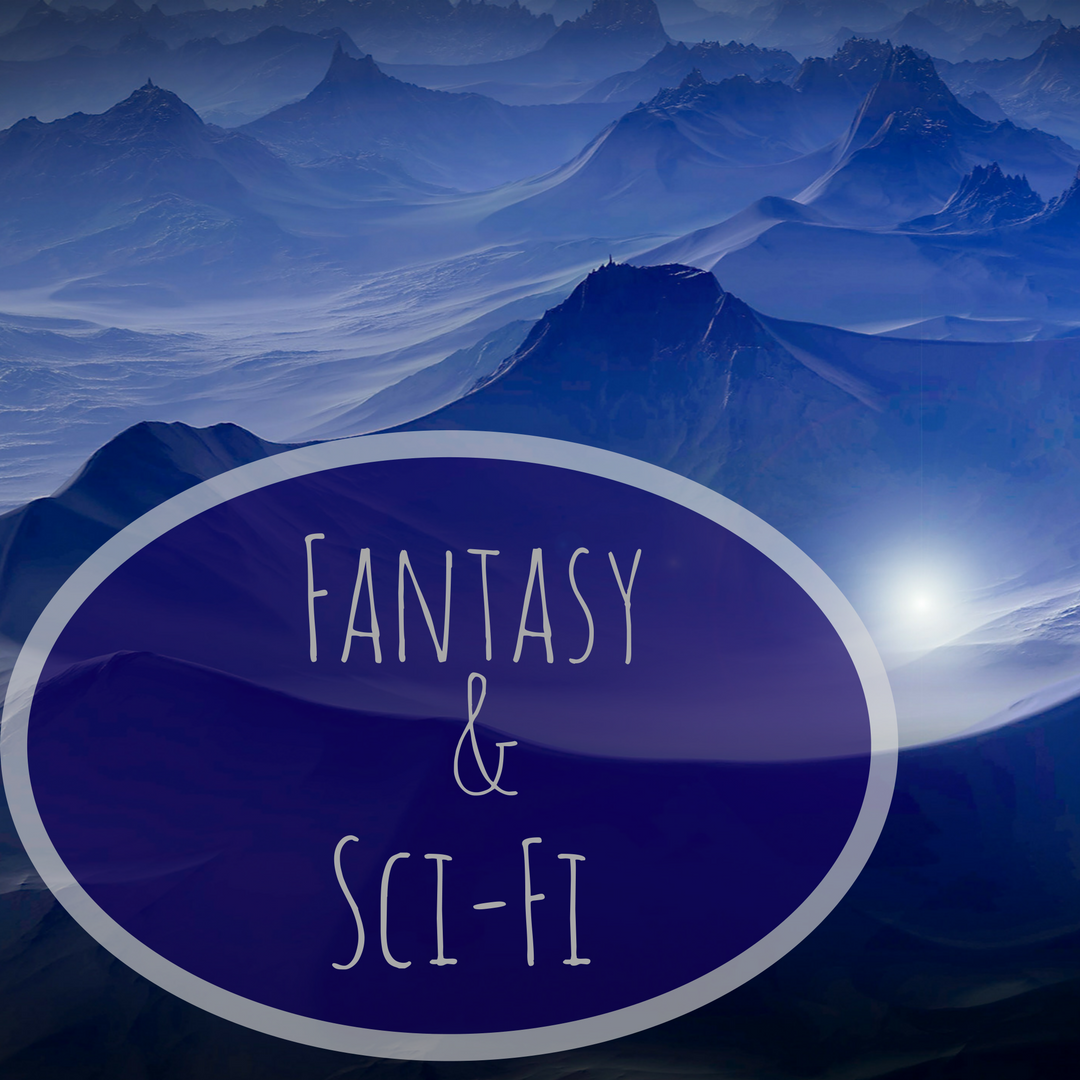Fantasy and science fiction stories can push the bounds of what is possible in amazing ways. We design intricate magic systems and imagine future technologies with limitless potential. Yet, with the economic and political systems in our worlds, we seem to settle for well-trodden ground. Our hero must save the kingdom or overthrow the evil empire. The heroine faces down the forces of the amoral mega-corporation.
What other systems could we design? Like many areas of world-building, we draw inspiration from our real-world experiences and history. We’re going to look at the government and economic systems. These can apply to an array of organizational structures like kingdoms, federations, confederation and more. We will only scratch the service of these models. We strongly recommend more in-depth research into whatever system you wish to use for the inspiration of your world.
Autocracy
The most well-known and popular form of government in speculative stories is an autocracy. This is the rule by one individual. The supreme leader’s word is law. All economic and military power is under their control. They rule with unquestioned authority. Sometimes, the people think the ruler is divine.
The organization structure takes and title scales with the population. A chief’s chiefdom refers to a small tribe. A monarchy is an autocracy over an entire Kingdom while an emperor will rule many kingdoms. The ruler of the historical Holy Roman Empire was called potentate.
Oligarchy
Moving away from the rule of one, we have a rule by the few. This is a council of a handful of members. Three was a popular historical number. They awarded council membership for family ties, religious affiliation, military prestige, personal achievements, or other attributes. The council sets the agenda, debates topics and decides was “best” for the people. Much of ancient Greece (Corinth, Sparta, Thebes, etc.) had an oligarchy. The notable exception was the Athenians.
Ironically, many other forms of government will drift toward oligarchy. Political power concentrates in a small group, even in forms of government where larger numbers of people can claim power, through political parties or coalitions.
Republic
Power moves from the one (autocracy) to the few (oligarchy) and finally to the many in the Republic. Selected individuals who represent the people governed a republic. They collectively agree to and then rule by the power of a set of laws. Medieval Iceland had a parliament called the Althing. In pre-Columbian Mexico, the Tlaxcala Nahua state had a representative assembly that even included representation from the commoner class. For the western mind, the most famous republic from history is Rome.
One form this took on historically was the Merchant Republic. The richest merchants claimed the ruling seats. They focused more on economic advancement. Military might serves to either protect existing trade routes or open new ones. Tariffs and customs replaced more “aggressive negotiations” in diplomatic matters. Historically, Renaissance Italy provides the best examples of the merchant republic with powerful city-states like Venice, Genoa, Pisa, and Florence. The popular science fiction rule by a mega-corporation is a rift on a merchant republic.
Theocracy
Where the traders hold sway over a Merchant Republic, it is the people of faith who rule in a theocracy. The deity has ultimate authority, but uses a human representative (historically, almost always male). This person must have a direct connection and speak for the deity. Alternatively, you could design a world where the deity speaks directly and see what kind of plot that leads to. The Israelites had Moses. The Arabs had Muhammad. Joseph Smith ruled the State of Deseret. Vatican City is a theocracy under the rule of the Pope. The Islamic Republic of Iran is another theocracy under the rule of the Ayatollah.
Fascism
Now we move into more modern forms of government. With fascism, we see the nationalistic pride of the country with authoritative power. This form of government developed in the aftermath of the First World War and a world-wide Great Depression. The name fascism comes from the historical Fascist Party from Italy, but fascism rose to power in Imperial Japan, Mussolini’s Italy, Franco’s Spain, and Nazi Germany through a combination of cunning, violence, or even free elections.
Fascism is an autocratic, totalitarian form of government. They intertwine military leadership with the political leadership. Unlike older autocracies, fascism controls the population through propaganda or even repression of opposing views.
Democracy
The direct opposite end of the spectrum from autocracy is democracy. This form of government provides the greatest decentralization of power. “For the people, by the people” is the mantra, though who exactly makes up ‘the people’ has been an issue in many democracies over history. This is one of those dramatic points you can use in your setting as you decide who may vote.
In a true democracy, those with the right to vote would vote directly on each issue. This quickly became impractical. The closest example we have today are various state and local referendums. Most democracies quickly moved to a republic form of government, but there’s nothing stopping you from designing your world to have a pure democratic government and seeing what story opportunities that creates.
Communism
Communism had its roots as more of an economic system than government, but individuals seized upon in the early 20th century. The intention was a government ruled by those who performed the actual labor. The core philosophy was “give according to ability and receive according to need”. It is deeply against all forms of religion, believing faith was as a tool to keep the worker class suppressed. It was one of the first forms of government to aspire to go beyond the boundaries of a single nation, and be a true world-wide form of government.
Like democracy, communism in its purest form proved difficult to implement. The most notable historical example is the Soviet Union. But even it switched over to more of an oligarchy long before its eventual collapse in the late 20th century.
Its up to you!
Perhaps your story world will have a nation that achieves a pure form of either democracy or communism. What would it change in your story? What if antagonist political force was a fascist or theocratic government? Use these historical examples to launch your imagination beyond the kingdoms, empires, and mega-corporations we see repeatedly in the genre.

F. Ted Atchley is a freelance writer and professional computer programmer with a passion for reading and writing speculative fiction. Whether it’s words or code, he’s always writing. His latest short story, The Preponderance of the Evidence, is available through Havok Publishing.
He writes the monthly Science Fiction and fantasy column for AlmostAnAuthor.com. In addition, he is a staff writer for BlizzardWatch.com, a premier fan site for the games produced by Blizzard Entertainment.
He lives in beautiful Charleston, SC with his wife and children. When not writing, you’ll find him spending time with his family, and cheering on his beloved Carolina Panthers.
You can find more about Ted at his website: https://tedatchley.com/




No Comments